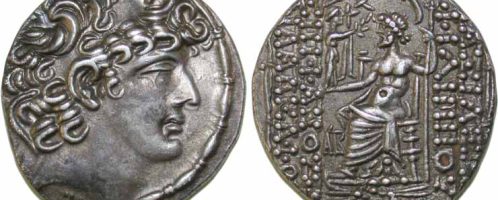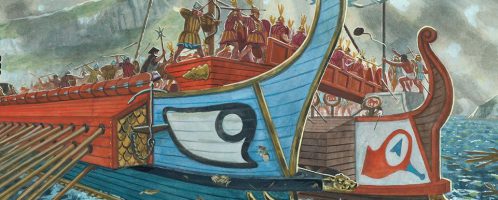Known and unknown Marcomannic Wars: ‘Miracle of rain and lightning miracle’ from 173 CE
The Marcomannic Wars is a series of wars that the Roman Empire waged in the years 167-180 CE with barbarian tribes living in the areas neighbouring its northern borders. During the entire period of the conflict, many ethnically different barbarian tribes took part, such as the German Longobards, Marcomannians, Narists, Quads or Boers, but also the Celtic Kotyns, the Danish Kostobok and finally the Sarmatian Iazyges and Roxolani.









